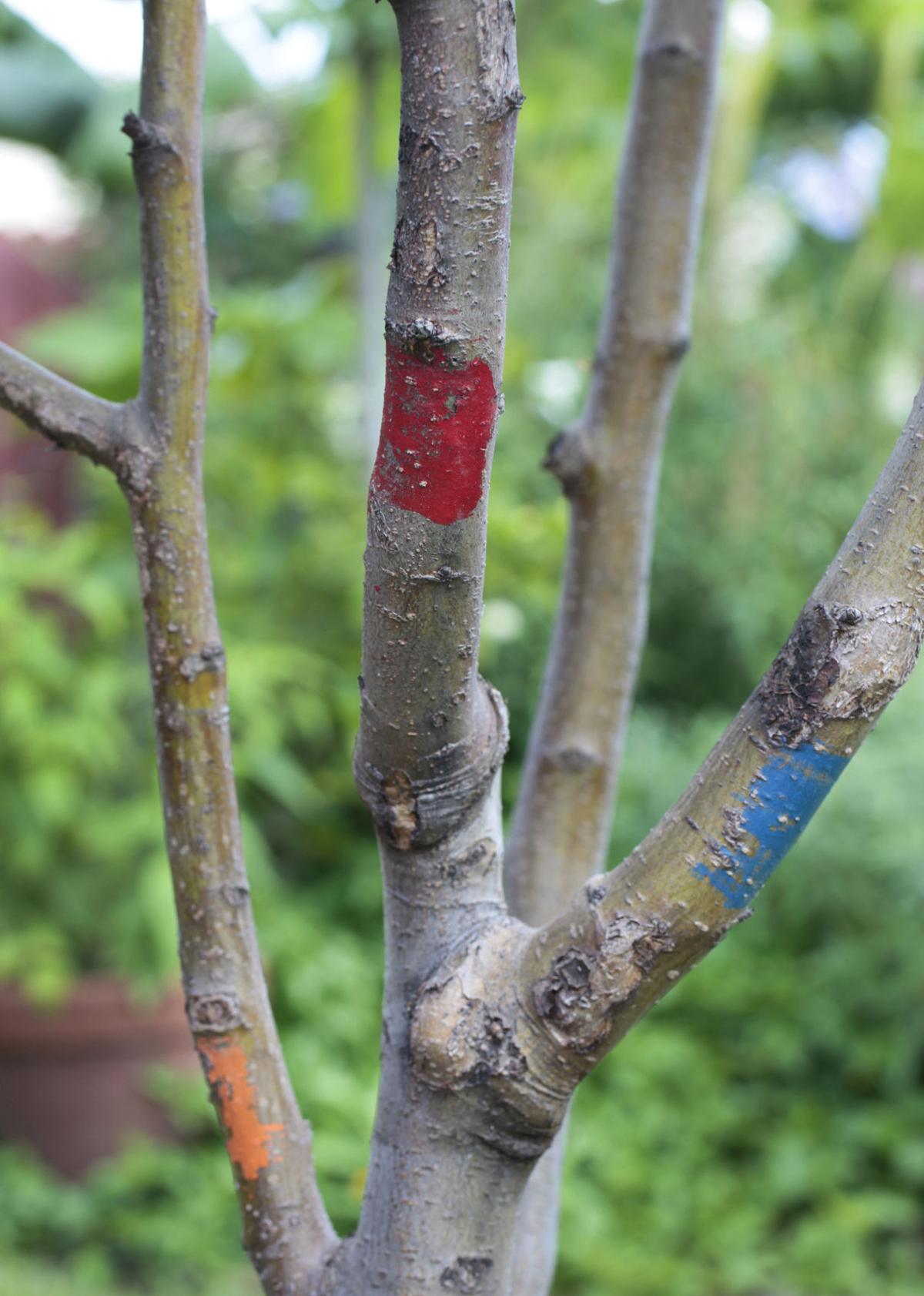Lime tree grafting is very easy and gives you the flexibility to either grow the tree in a container or directly in the ground.
All you have to do is ensure proper care of your lime tree and give you flavorful fruits.
You can do lime tree grafting when you want the tree to produce certain fruits from another tree or want the tree to get specific characteristics of the other root stocks.
Such features include; disease resistance, hardiness, and drought resistance, you can use grafting techniques to join the parts of the two trees.
Grafting in lime trees is a process of combining two different plants to create a single one. A bud wood of the tree is what you take from one lime plant to the root stock of another.
Primary purpose of Lime tree grafting
The primary purpose of lime tree grafting is to combine the one lime tree’s qualities of fruiting and flowering with roots of another that provides resilience.
Lime tree grafting is through hardwood cuttings propagation using the “budding method.”
Steps for budding a lime tree during lime tree grafting
1. The right time for lime tree grafting
During the early spring, the bark on the tree is loose enough. It can easily allow easy separation of the bud from its mother plant.
There will not be concerns about the frost in this period, which brings the bud’s premature growth during the healing process. So early spring is a perfect time to join the two lime plants.
2. Choose the root stock and bud wood for lime tree grafting.
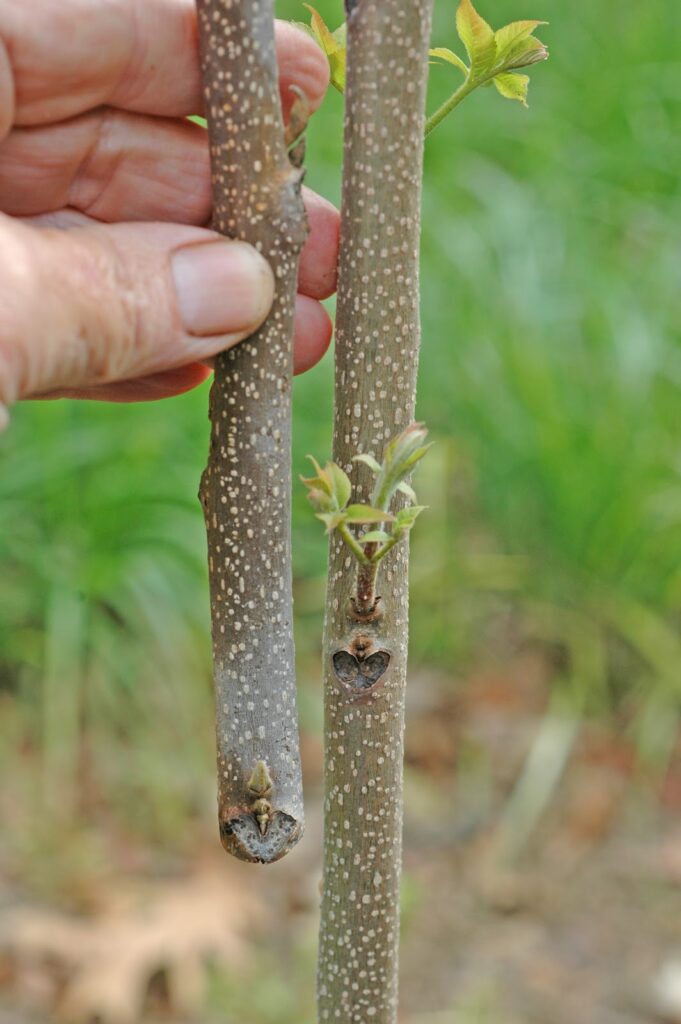
A root stock of the plant you choose for grafting should be young and a height of about 12inches.
It needs to be a hardy one and grows well in your area, so you might have first to do some research on different varieties of lime trees and how they respond to grafting.
3. Prepare the root stock and the tools for lime tree grafting
Use a clean, sharp knife to cut the root stock while budding.
Cut above the root line about 6 inches and make a T budding by slicing underneath it, 1 inch long, and two triangular flaps of bark will peel back.
Make Sure you cover the part you have cut with a damp cloth to avoid any infestations till you are ready to insert the bud.
Keep the wound of the root stock damp till you finish grafting the lime tree.
4. Take the bud off the other tree.
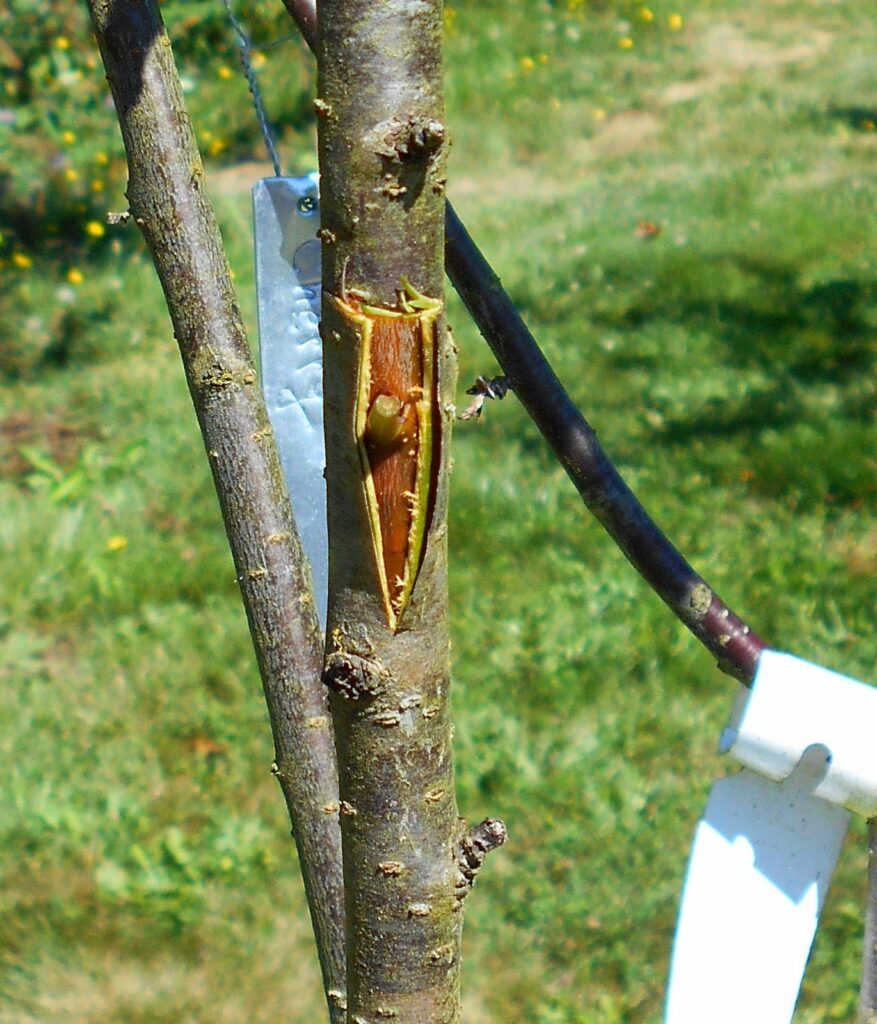
At this time, you can now remove the potential bud(stem) from the tree you desire and use it as the bud-wood while grafting a lime tree. Slice a 1-inch skin off the surface in the center with the bud you choose.
Ensure the bud doesn’t dry out before you place it on the root-stock. So you can wrap it in a damp towel if you are not going to put it in the root-stock right away.
5. Place the bud-wood onto the root-stock.
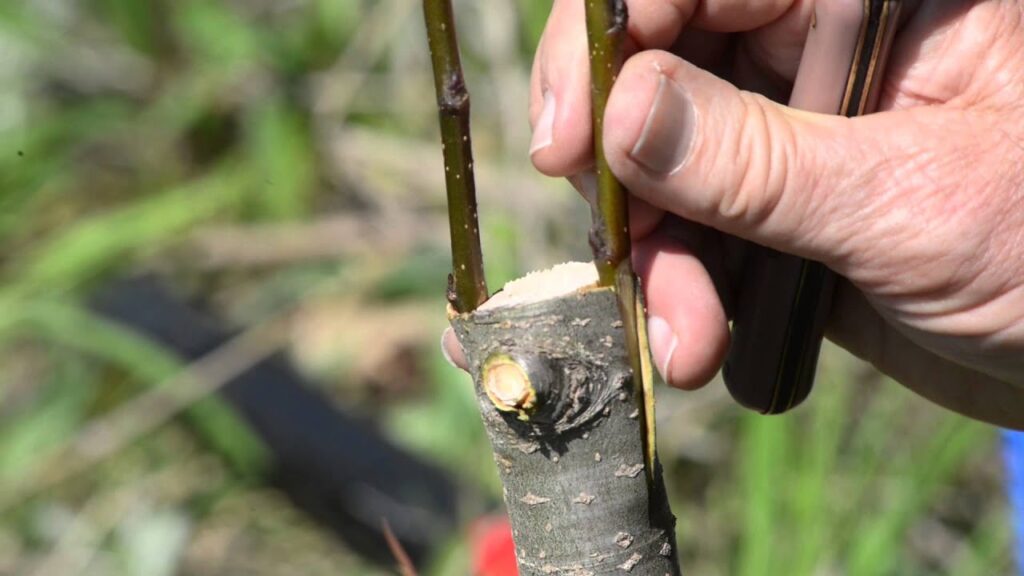
When you are ready to graft the lime tree, fold back the root-stock’s skin flaps and place the bud-wood in the spot in between the flaps.
Crease the flaps over the bud-wood piece and cover it as much as you can.
Be sure to make the bud-wood point in the right way, and it will grow, facing the right direction.
6. Wrap the bud after joining
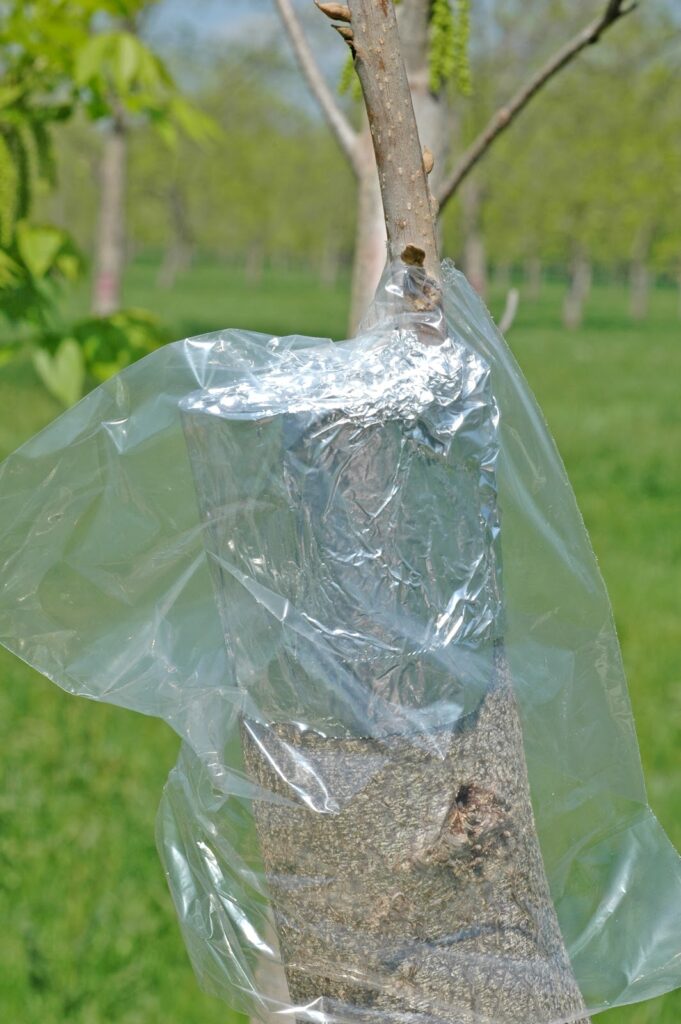
Wrapping the bud wood with the root stock is a way to secure it from falling off due to wind. Use a grafting tape and tie both stems tightly but make sure the bud has exposure to grow properly.
After all this, you can wait for a month to see whether the budding was successful.
You can now remove the tape and check if the bud is still green and plump. If you see these signs, then the grafting for lime was successful.
Grafting lime trees in other wards is growing a lime tree from cutting and joining it to another tree.
If you do it carefully, it will be successful, and you will have a new tree after 4-5weeks of Grafting.
Advantages of Lime tree grafting
Lime trees you can not propagate by other means such as cuttings, layers, or division can multiply, preserve, and perpetuate them by grafting and budding.
- Grafting and budding help convert inferior lime trees into a superior lime tree because one of the trees or the bud might carry the hardy characteristics. You can change a variety of the established lime trees by top working.
- The Rootstocks of a lime tree where you put the budwood will help influence the size and vigor and the quality of its fruits.
- Rootstocks help to improve disease resistance into lime trees during grafting to the scion.
- When you graft a rootstock, which is tolerant to saline and alkaline conditions, it helps the new lime tree become more indispensable to the soil’s even higher moisture capacities.
- In case of a damaged trunk or roots of a lime tree, grafting will help repair it.
- Lime Grafting and budding of a lime tree bring a particular form of plant growth.
- Lime tree Grafting helps produce a lime tree’s Newness by thriving several flowers and fruits on a lime tree.
- Grafting lime trees helps bring rapid induction of flowers and fruits because of the variety of the lime trees you are joining together.
Disadvantages of Lime tree Grafting
- When you are grafting might limit the development of new varieties of fruits since you concentrate on the ones you choose to join.
- Grafting is an extensive method, so you might have to do it very carefully to avoid messing up; it requires a gardener with technical skills.
- When you graft and bud a lime tree, its lifespan will be shorter than the seed propagated lime tree.
- If not careful during lime tree grafting and budding, the budwood might spread viral diseases or even the tools you use during the process.
Growing a mixed graft lime fruit
Mixed grafting of lime trees allows gardeners with a range of ailments to overcome them. Such include cold weather, none resistance to disease and dryness.
Grafting helps to grow roots that adapt to that condition and get fruit from a tree that could not have produced.
Most lime trees comprise a single type of tree grafted onto the rootstock, but you might want to do a composite graft, and there, there’s no reason to stop you.
If you feel livable venturing with grafting and budding, you can try mixed fruit lime of several types.
It’s a rule to graft only fruits within the same botanical family on the same rootstock. So you can mix different types of lime tree-like crucial lime, Persian lime, on the same tree because they are all a citrus hybrid.
It means that you can graft and mix any lime because their rootstock will support the fruits’ growth.
While growing a mixed lime fruit tree, you need to track its branches’ size and health and, if possible, prune them more than regularly.
If you notice the fruit branch getting bigger, it’s likely to haul nutrients away from the other components making them not thrive.
Prune the mixed grafted lime tree to keep it at the same size as the entire tree though it’s in different varieties.
Frequently Asked Questions
Grafting is best in the spring season or fall when the bark is separating from the wood. It would help if you did it early enough to have the warm weather facilitate a good bud union.
No, lime flowers do not turn into fruits, but flowers bloom, and with time, they fall from the tree. After numerous years, a lime tree matures and bears lime fruit.
A grafted tree may take fewer years than a propagated seed lime tree. So if a seed lime tree takes six years to bear fruits, the one you multiply using grafting might take two or three years to produce fruits.
When the trees are compatible and are within their species, you can graft them. Also, depending on the trees’ genus, their compatibility is determined.
You can use T” budding as a propagation technique to perform grafting in late summer when both the rootstock of a lime tree and scion are growing.
You can pick a lime from a tree before ripening. Harvesting is perfect when the lime is still green. Once fully ripe, limes turn yellow but do not pick when already yellow because they will be bitter and not taste very good. Gently twist a green lime from the stem of the lime tree and cut it open; it will be ready for harvesting when it’s juicy.
